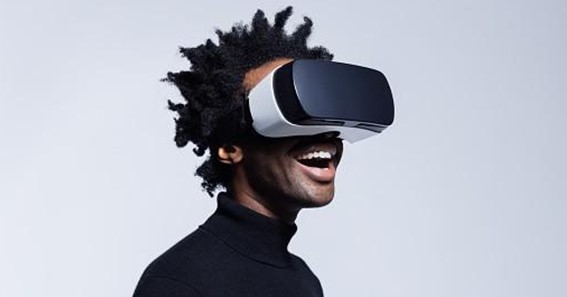Are you considering taking your business up to the next level with enterprise virtual reality (VR)? This immersive technology presents a virtually limitless array of possibilities for businesses looking to dramatically increase efficiency, enhance their products and services, or even just stay ahead of the competition. No matter what stage your company is in the process of incorporating VR into its operations, it’s important to understand how this technology can best benefit you. To give you an overview on what enterprise virtual reality is, unique variations available and ways you may be able to take advantage of this fast-growing industry: read on! For more information, check out ST Engineering Antycip.
Introducing enterprise virtual reality – what it is and how it works
Virtual reality used to be reserved for sci-fi movies and video games, but now it’s breaking into the business world. Enterprise virtual reality is the use of VR technology for professional purposes, allowing employees to enter immersive simulations that help them learn, train, and problem-solve. These simulations can be created for anything from safety training to engineering design. The applications of VR in the workplace are endless, and the technology is only getting better. The use of enterprise virtual reality is transforming how businesses approach employee training and development, and it’s clear that this technology is here to stay.
Benefits of using enterprise virtual reality in the workplace
The workplace is an ever-evolving environment, and businesses are always looking for ways to stay ahead of the game. Enter enterprise virtual reality (VR). Using VR in the workplace has many benefits, ranging from increased employee productivity to higher job satisfaction. With the use of VR, employees can be trained more efficiently, and their skills can be tested in a simulated environment, reducing the number of errors made in real-life tasks. VR also offers the opportunity for remote collaboration, allowing colleagues from various locations to work together seamlessly. Additionally, the immersive experience of VR can enhance employee engagement and creativity, leading to a more dynamic and innovative workplace. Overall, incorporating VR into the workplace can offer a range of benefits that help businesses stay competitive and adaptable in an ever-changing world.
Examples of unique VR systems used in business settings
Virtual Reality technology is transforming the business world, offering unique ways to engage customers and employees alike. One example is the use of VR for architectural visualization, providing clients with immersive experiences of their future spaces. Another is in recruitment, where companies like Jaguar Land Rover are using VR to showcase their company culture and offer potential candidates an insight into the working environment. And VR training programs are on the rise, with Walmart using VR technology to train employees for high-pressure situations such as Black Friday. These innovative applications of VR have proven to boost efficiency, confidence and engagement, making them an exciting development for business.

